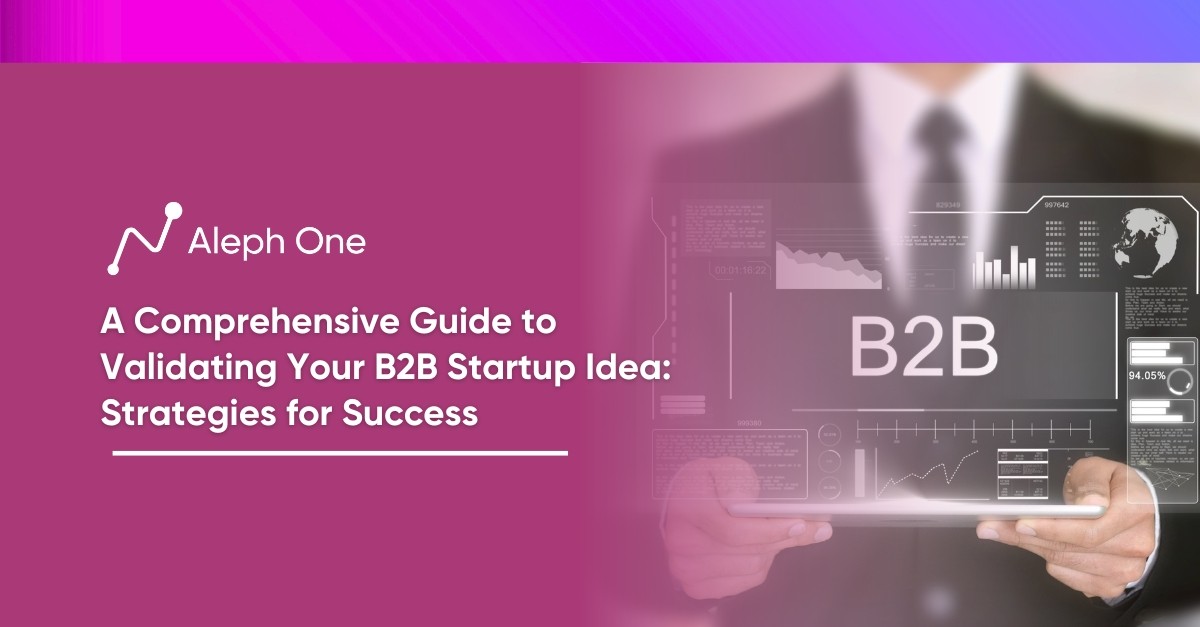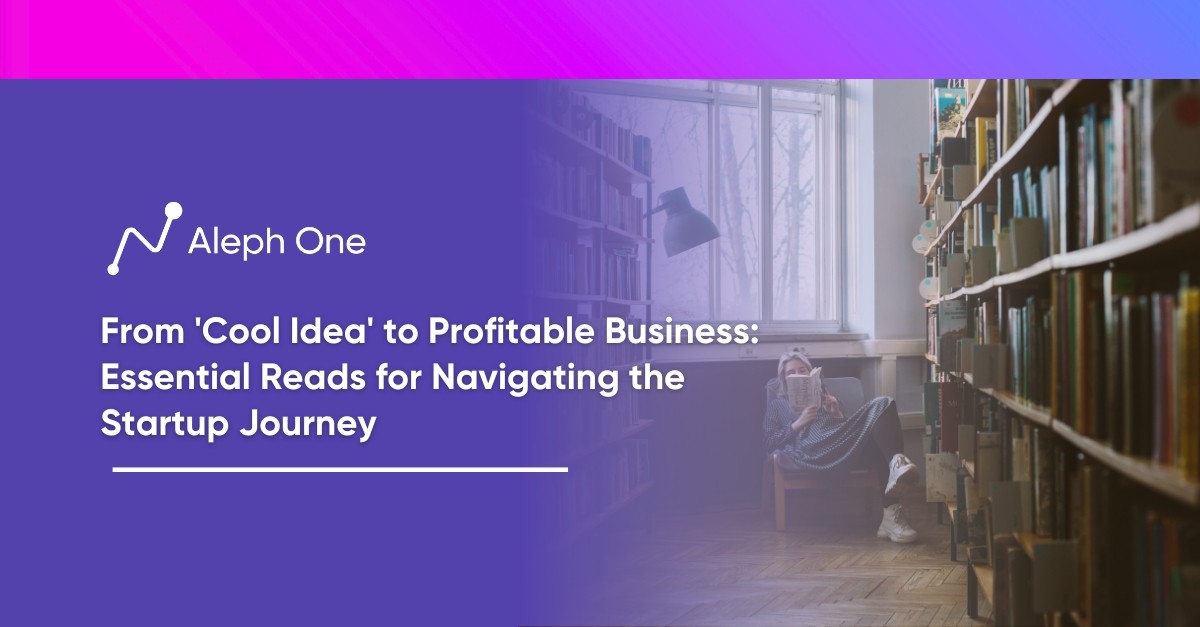Let’s work together to build something amazing. Share your project details and our team will reply to figure out the next steps to your success.

Some of today’s most successful startups have leveraged waitlists to build hype around their products and validate demand before launch. By offering early access to a select group of customers, waitlists allow companies to drum up interest and collect valuable data to improve their offerings. This article will explore the power of waitlists as a reliable method for assessing a startup’s product viability. It delves into the psychology behind the success of waitlists, examines cautionary tales of past failures, and provides practical tips for crafting a compelling waitlist. When used effectively, waitlists can be a startup’s secret weapon in validating ideas, building buzz, and achieving sustainable growth.

The Rise of Waitlists: How Today’s Hottest Startups Are Using Them
Some of today’s most successful startups have leveraged waitlists to build hype around their products and validate demand before launch. By offering early access to a select group of customers, waitlists allow companies to drum up interest and collect valuable data to improve their offerings.
Robinhood – Over 1 Million Pre-launch Waitlist
A prime example is the stock trading app Robinhood. When Robinhood launched in 2013, it amassed a waitlist of over 1 million people who signed up to be among the first to access commission-free trades. This demonstrated huge demand and helped Robinhood raise $13 million in funding. The company continued to leverage waitlists for new features like options trading and cryptocurrency, with hundreds of thousands of people signing up in advance.
Airtable – Beta Waitlist
The no-code database Airtable also grew through the power of waitlists. When Airtable launched its free beta in 2015, the signup form had a waitlist option for people interested in early access. Over 50,000 people joined the waitlist, giving Airtable a trove of potential customers and helping the startup raise $3 million in seed funding. Airtable’s waitlist numbers have continued to impress, with over 250,000 people waiting to access new features like automation and integrations.
Waitlists have been instrumental in the success of companies like Robinhood and Airtable. By offering people the opportunity to be “in the know” and access new products first, waitlists allow startups to generate hype, prove demand, raise funding and ultimately build a dedicated customer base.
Why Waitlists Work: The Psychology Behind Their Success
Waitlists are effective because they tap into fundamental human psychology. One of the most powerful forces is scarcity – when something is limited or exclusive, we want it even more. Waitlists signal to people that access is restricted, triggering fear of missing out. This scarcity effect creates a sense of urgency and excitement.
People Feel Like Early Adopters
Waitlists also appeal to our innate desire to feel “in the know” about innovations. By joining a waitlist, people feel like early adopters discovering a new product before the masses. This gives them a thrill of being on the cutting edge. Waitlists are particularly good at generating buzz in the age of social media. The more people talk about and share the waitlist, the more hype builds. This social proof attracts more people to sign up in a snowball effect.
Fear of Missing Out (FOMO)
Also, waitlists tap into the psychological concept of anticipated regret. This is the fear of missing out on something and later regretting not taking action when you had the chance. To avoid regretting not joining a waitlist for a hot new product, people sign up “just in case”. This ensures they won’t miss the opportunity, even if they’re still uncertain about the product.
Progress and Momentum
Waitlists work because people have an innate need to feel progress and momentum. By joining a waitlist, people feel like they’ve taken a step forward to gain access to a new product, even if they must wait. This small progress motivates them and gives them a sense of movement. If done well, waitlists keep people engaged by regularly updating them on their waitlist position. This steady progress builds excitement and anticipation for the ultimate reward of accessing the product.
Waitlists are powerful because they leverage multiple psychological effects like scarcity, fear of missing out, need for progress, and anticipated regret. Combined, these effects create hype, demand, and a sense of urgency – all without a product being available.
The Dangers of Waitlist Domination: Lessons From Past Failures
While waitlists can be an effective validation technique, they are not foolproof. Some startups have had massive waitlists but ultimately failed because they did not properly test key assumptions or manage expectations. A long waitlist alone does not guarantee a viable product or business.
Secret – The Sharing App that Failed
For example, Secret was an anonymous sharing app that raised over $35 million and had over 800,000 people on its waitlist at its peak. However, user engagement was low when the app launched, and growth quickly stalled. The founders realized anonymity made it difficult to build meaningful connections between users, and they didn’t have a sustainable plan to monetize the platform. Despite the initial hype, Secret shut down just 15 months after launching.
Color – Photo-Sharing App That Failed to Test Their Customers
Another cautionary tale is Color, a photo-sharing app that raised $41 million pre-launch based primarily on the strength of its 50,000-person waitlist. However, the app received lackluster reviews when it launched, and the waitlist numbers did not translate into active users. The team failed to test whether people actually wanted the product before building and marketing it. Color sold for just $7 million two years after launching, a fraction of the initial funding.
Waitlists Are Not the Only Form of Validation
These examples highlight the risks of relying too heavily on waitlists. Long waitlists may reflect people’s curiosity about a new product, not whether they will actually use it or pay for it. Startups must be careful not to mistake interest for commitment. Waitlists should be supplemented with other validation techniques like surveys, focus groups, and MVP testing to determine if a product satisfies a real need in the market.
While waitlists have powered the success of companies like Airtable, Robinhood, and Calendly, they are not a silver bullet. For waitlists to be truly meaningful, startups must put in the work to test key assumptions, learn from customer feedback, and build products that provide lasting value.
How To Craft A Compelling Waitlist
A long waitlist means nothing if the demand isn’t real. To build an effective waitlist, you need to craft a compelling offer that provides real value to customers. Your messaging and incentives must be persuasive enough for people to act. Here are some tips for creating a waitlist that converts:
Develop a Strong Value Proposition
Clearly communicate the key benefits of your product and why people should sign up for early access. Focus on your problems and how you’re uniquely positioned to solve them. Your value proposition should be concise yet compelling.
Simplify the Signup Process
The easier you make it for people to join your waitlist, the more signups you’ll get. Use a simple email signup form and minimize the number of fields. Don’t ask for too much information upfront. Make the call-to-action button highly visible and actionable.
Create Shareable Content
Develop content like blog posts, videos, and social media posts that educate your audience and build excitement about your upcoming product. This content should highlight the value you aim to provide. Make it easy for people to share this content with their networks to help spread the word.
Build Hype Through Social Media
Leverage platforms like Twitter, Facebook, and LinkedIn to generate buzz about your waitlist. Post updates, share content, and engage with your followers. Run social media contests and giveaways to increase interest. Collaborate with influencers who can help promote your waitlist to their audiences.
Test Different Messaging and Incentives
Try different headlines, copy, images, and CTAs to see which resonates most with your audience. You may also experiment with different incentives, like offering early access, discounts, or other perks to the first people who sign up. Measure the performance of different messages and offers to determine the most effective approach.
Continuously optimizing your waitlist based on data and customer feedback is key. A compelling waitlist is a proven strategy for startup success when combined with a strong product vision and genuine value creation. But the waitlist means little without a product that delivers on its promises. Use your waitlist as a means to validate real demand before building out an MVP.
Waitlists As Validation: How To Measure True Demand
A long waitlist is exciting, but numbers alone don’t prove you have product-market fit or true customer demand. The key is using your waitlist strategically to validate key assumptions. The first step is determining what metrics actually matter for your business. For an e-commerce startup, it may be signup rates, customers added per week, and reasons for not buying. It could be how many leads turn into demos and trials for an enterprise SaaS company.
Collect Waitlist Data
Once you know your key metrics, optimize your waitlist to collect that data. Include short surveys to capture information on customers’ needs, pain points, and reasons for signing up. Ask people who don’t sign up why they chose not to, so you can address objections and improve your messaging. A/B tests different value propositions and incentives to see which resonates most with your target customers.
Insights to Guide Product Build and Market
Your waitlist data should reveal insights to guide how you build and market your product. That page needs improvement if many people drop off at a certain point in the signup flow. Your messaging may be off if you’re not getting the expected signup rates. Let the numbers steer you toward the right product-market fit.
Optimize Based on Feedback
The most important part of using waitlists for validation is continuously optimizing based on feedback. Keep testing new variations of your signup flow, incentives, and value propositions. Release new features or content to re-engage people who have been on the waitlist for a long time. Double down on what’s working, and eliminate what’s not.
Build A Product Customers Want
Waitlists give you an opportunity to build a product customers genuinely want. But you must be disciplined in measuring actionable data and adapting to insights. If you rely only on waitlist numbers as evidence of demand, you risk creating a solution for a problem that doesn’t truly exist. Let your waitlist validate real needs and use that data to fuel a lean product development process. Combining waitlists with a minimum viable product (MVP) approach is a winning strategy.
Huge waitlist numbers mean nothing without data proving you’re building something people need and want. Leverage your waitlist to test key assumptions, optimize based on feedback, and ensure you create a product with a strong product-market fit.
A Lean Startup Dream: Combining Waitlists With MVPs
For startups, waitlists and minimum viable products (MVPs) are two of the most effective strategies for building products that customers actually want. Combined, these approaches enable companies to validate key assumptions, reduce risk, and increase the likelihood of success.
What is an MVP?
An MVP is a basic product version with just enough features to be usable by early customers. The goal is to test whether the product concept resonates with the target audience before investing heavily in development. By releasing an MVP, startups can gain valuable insights from real customers and then make improvements or pivot as needed.
Waitlists, as discussed, are also useful for gauging interest and demand for a new product. However, waitlists alone don’t prove that customers will actually use or pay for the product once it’s built. The danger is that startups build complex products that fail to meet customer needs or expectations.
Promote Your Startup MVP
The solution is to combine these strategies by first promoting an MVP to people on the waitlist. Their feedback and usage data can determine how to improve the product and prioritize new features. This helps ensure no time or money is wasted building things customers don’t want.
Asana – Case Study
For example, the project management software Asana first launched a basic MVP to a small group of customers on their waitlist. They analyzed how these early users interacted with the product and what they wanted to see improved. This informed how Asana developed the product and rolled it out to more customers. Today, Asana is valued at over $1 billion.
Waitlists and a Mixed Strategy Can Skyrocket Your Startup
When waitlists are used in combination with MVPs, startups can gain invaluable insights into customer demand and preferences. They can build excitement through the waitlist, release a basic but usable product to a select group of interested customers, evaluate the feedback and data, then improve and scale the product. This lean approach is a startup’s dream, allowing companies to craft products that perfectly match their customers’ desires.
FAQ
How can startups effectively test key assumptions and manage expectations when using waitlists?
To effectively test key assumptions and manage expectations when using waitlists, startups should combine their waitlist with other validation techniques such as surveys, focus groups, and MVP testing. This helps determine if a product satisfies a real need in the market. Continuous customer feedback is vital for improvement, while regular updates about waitlist positions can help maintain customer engagement.
How can startups ensure that their waitlist numbers actually translate into committed and active users after launch?
To ensure waitlist numbers translate into committed and active users after launch, startups must build a product that delivers on its promises and provides lasting value. They must use waitlist data to validate real demand and create a product that addresses customers’ needs and pain points. Continuously optimizing the product based on data and customer feedback is essential for sustaining user engagement and commitment post-launch.
What are some potential risks and pitfalls of relying solely on waitlists for validation, and how can these be mitigated?
Some potential risks and pitfalls of relying solely on waitlists for validation include mistaking interest for commitment and not accounting for potential engagement or monetization issues. To mitigate these risks, startups should not rely entirely on waitlists as indicators of product-market fit. They must incorporate other validation techniques, test key assumptions, and work towards building a product that delivers genuine value to its user base.
Get the latest news and updates from Aleph One in your inbox.



